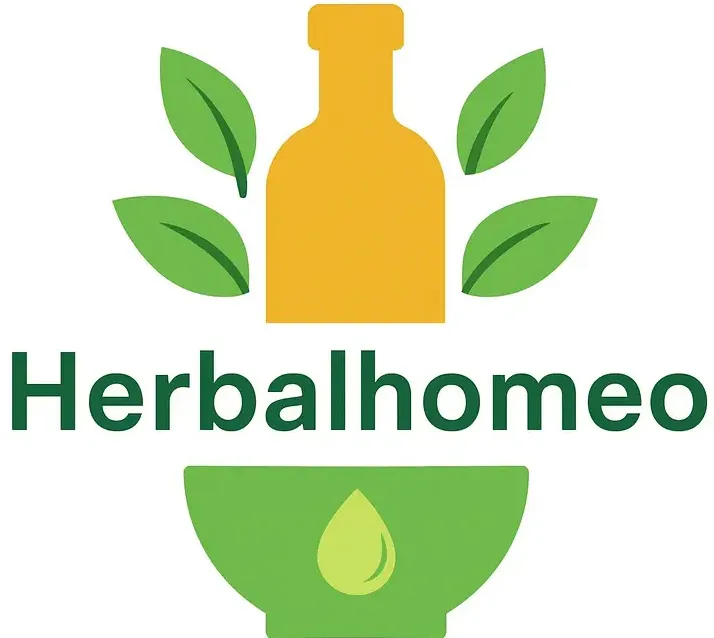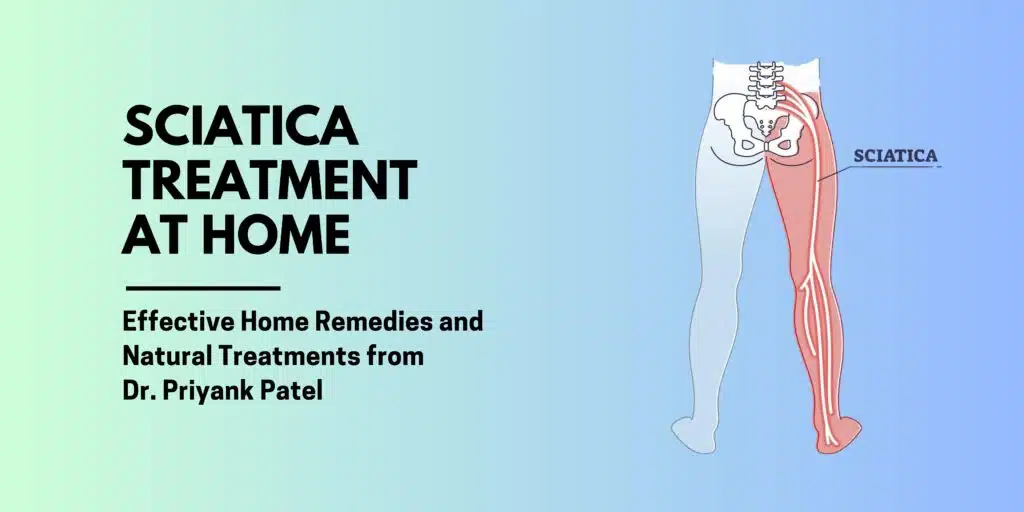Introduction
Sciatica pain is a condition characterized by pain that radiates along the path of the sciatic nerve. This nerve runs from your lower back, through your hips and buttocks, and down each leg. Sciatica occurs when the sciatic nerve is compressed or irritated, leading to pain, numbness, or tingling sensations.
Common Symptoms of Sciatica
- Sharp, shooting, or burning pain in the leg
- Numbness or tingling in the affected leg or foot
- Pain worsened by sitting, coughing, sneezing, or prolonged rest
- Weakness or difficulty moving the leg
Sciatica may result from conditions like:
- Herniated or slipped discs
- Spinal stenosis (narrowing of the spinal canal)
- Lumbar spondylosis (degeneration of the spine)
- Nerve compression caused by muscle inflammation or growths
Effective Treatment Options for Sciatica
Best Homeopathic Remedies for Sciatica
Homeopathy works on the principle of “like cures like”, meaning that remedies are chosen based on the patient’s specific symptoms rather than the disease name. Here are some recommended homeopathic remedies:
1. Colocynthis
- For left-sided sciatica
- Pain relieved by pressure or bending double
- Worsens after anger or emotional stress
2. Magnesia Phosphorica
- For right-sided sciatica
- Cramping, neuralgic pain
- Relief from warmth or firm pressure
3. Gnaphalium
- For sciatica with numbness and tingling
- Pain alternates with numbness in the affected leg
4. Arsenicum Album
- For burning pains with restlessness
- Worsens after midnight, accompanied by anxiety and weakness
5. Rhus Toxicodendron
- Pain worsens after rest and improves with motion
- Worsens in cold, damp weather
6. Other Supportive Remedies
- Bryonia: Pain worsens with movement; better when lying still
- Nux Vomica: Ideal for sedentary individuals or those under stress
- Phytolacca: For pain radiating down the thigh with weakness
Bach Flower Remedies for Emotional Support
Chronic pain often causes anxiety, frustration, and hopelessness. Bach Flower Remedies can balance emotions and support overall well-being:
- Aspen: Eases vague anxieties and fear of pain flare-ups
- Gorse: For hopelessness when recovery seems impossible
- Oak: For those pushing through pain but feeling exhausted
Herbal & Nutritional Support
Along with homeopathy, natural remedies can help reduce inflammation and support your body’s healing processes:
- Turmeric & Ginger: Powerful anti-inflammatory agents for nerve pain relief
- Devil’s Claw & Willow Bark: Natural pain relievers
- Magnesium & Vitamin D: Support nerve and muscle health
- Omega-3 Fatty Acids: Anti-inflammatory for nerve pain
Personalized Homeopathic Treatment Recommendations
- Colocynthis 200C: For left-sided sciatica (take 2-3 drops daily for 3-5 days)
- Gnaphalium 30C: For alternating pain and numbness (take twice daily)
- Arsenicum Album 200C: For burning, restless sciatica (take once at night)
(Always consult a professional homeopath for personalized treatment and dosage.)
Preventive Measures and Lifestyle Tips
To prevent sciatica from returning, try these helpful lifestyle changes:
- Maintain good posture: Sit upright and support your back.
- Exercise regularly: Focus on strengthening your core to support your lower back.
- Avoid heavy lifting: Use proper techniques to prevent strain on your back.
- Stay hydrated: Proper hydration helps keep muscles and nerves functioning well.
Understanding Sciatica’s Miasmatic Background
Sciatica may have a sycotic (degenerative) or syphilitic (destructive nerve damage) origin. Homeopathic remedies like Thuja occidentalis (sycotic) or Syphilinum (syphilitic) may be beneficial for constitutional treatment.
Conclusion
While sciatica can be a debilitating and persistent condition, it is far from untreatable. Natural and holistic medicine offers powerful approaches to restore balance, relieve pain, and support long-term healing. Homeopathy, in particular, addresses not only the nerve inflammation and muscular tension associated with sciatica, but also the underlying constitutional imbalance that allows the pain to persist. Remedies such as Colocynthis, Magnesia phosphorica, Gnaphalium polycephalum, and Arnica montana are often indicated depending on whether the pain is shooting, cramping, or alternating with numbness and weakness in the leg. When selected according to the totality of symptoms, these remedies stimulate the body’s self-healing mechanisms and gradually restore normal nerve function.
Complementing homeopathic therapy with herbal and nutritional support further enhances results. According to Natural Antibiotics and Botanical Treatments by Aruna Siewert, botanicals such as turmeric, willow bark, devil’s claw, and ginger act as natural anti-inflammatories and analgesics, improving circulation and reducing nerve compression. Nutrients like magnesium, vitamin B12, and omega-3 fatty acids play a vital role in nerve repair and muscle relaxation, as emphasized by Kroner Z. Greenwood in A-One Vitamins and Minerals.
Emotional and mental well-being also strongly influence chronic pain. The Bach Flower system offers gentle emotional harmonizers such as Oak for perseverance despite exhaustion, Impatiens for tension and restlessness, and Agrimony for those who hide their suffering behind a smile. These essences help release emotional blockages that may aggravate muscular and nerve tension.
Lasting relief often depends on lifestyle transformation. Gentle stretching, yoga, and mindful walking strengthen the back and improve posture. Avoiding prolonged sitting, maintaining a healthy weight, ensuring quality sleep, and staying hydrated all reduce pressure on the sciatic nerve. A diet rich in anti-inflammatory foods—green vegetables, berries, whole grains, and plant oils—supports the healing process from within.
Ultimately, recovery from sciatica is not achieved by suppressing symptoms but by re-establishing harmony within the body, mind, and spirit. By combining individualized homeopathic remedies with botanical therapy, nutritional support, and conscious lifestyle habits, many individuals experience sustained improvement in mobility, vitality, and emotional resilience. Always consult a qualified homeopath or integrative practitioner to design a treatment plan tailored specifically to your constitution and needs. With patience, consistency, and a holistic outlook, true healing and freedom from pain are entirely possible.
(Potency and repetition should be individualized under the guidance of a qualified homeopath.)
https://www.health.harvard.edu/pain/sciatica-home-remedies-and-self-care

